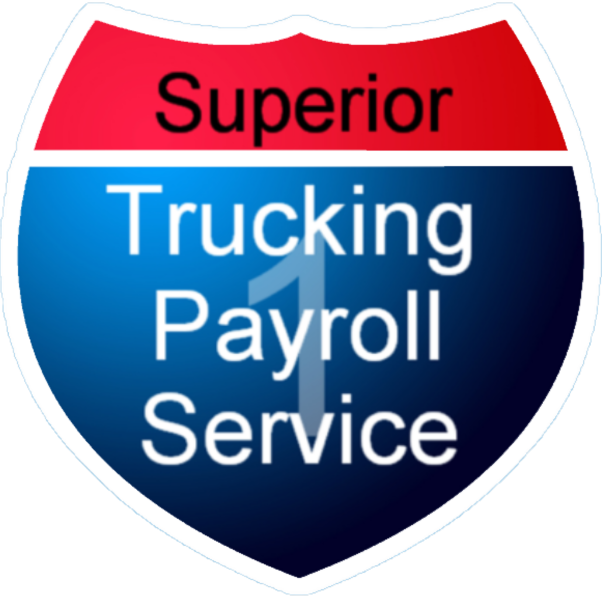Would You Notice If Your Payroll Was Paying Someone Who...
Read MoreOn the first day of a new job, you will be filling out the W-4 form. This might be confusing for you. Don’t worry you’re not alone. Many people do not understand what a W-4 form is and how it affects your taxes. Don’t try guessing on your W-4 form or asking a friend. This article will tell you everything you need to know about it.
What is a W-4?
A W-4 form is an important IRS document that you complete for your employer. It determines how much should be withheld from your paycheck for federal income tax. The W-4 form is formally titled “Employee’s Withholding Certificate.” Employers use the W-4 to calculate certain payroll taxes and forward them to the IRS and state. Accurately answering all of the questions on the W-4 can help you avoid overpaying your taxes throughout the year or owing a large balance at tax time.

Why did the IRS change the W-4?
The IRS wanted to make the form more accurate. Their hope is that when the form is filled out correctly Everyone would be closer to $0 in tax bills or returns come tax time. The IRS explains, “The new design reduces the form’s complexity and increases the transparency and accuracy of the withholding system. While it uses the same underlying information as the old design, it replaces complicated worksheets with more straightforward questions that make accurate withholding easier for employees.” They wanted to update it to this time period by including more incomes, multiple jobs, etc.
What did the IRS change on the W-4?
The biggest change was that you don’t claim a number of children anymore as dependents. It is more broken down now. If you claim your children as dependents you will need to specify if the children are under 17 years old or over 17 years old. For children under the age of 17, you will have a $2,000 tax credit for each child. If the child is over the age of 17 years old, you will have a $500 tax credit for each child. They also changed whether or not you have two jobs personally or two forms of income from two people in the household.
These changes made more tax brackets. Before the change, there were only 2 tax brackets. Single or Married. After the change, Single or Married Filing Separately, Married Filing Jointly, Head of Household, Single with 2 jobs, Married with 2 jobs, and head of household with 2 jobs. These changes made things more confusing but they made the W-4 better considering more married people now have 2 forms of income. A link to useful tips about the new W-4 is here. If you want to learn even more check out the video at the end of this article.
How to fill out the W-4 (5 Steps):
Step 1:
Enter your personal information. This will include your name, address, Social Security number, and tax filing status. (“Single or Married filing separately,” “Married filing jointly,” or “Head of household”)
Step 2:
If you have more than one job, or you file jointly and your spouse works, follow the instructions.
– For the highest paying job’s W-4, fill out steps 2 to 4(b) of the W-4. Leave those steps blank on the W-4s for the other jobs.
– If you’re married and filing jointly, and you both earn about the same amount, you can check a box indicating as much. The trick: Both spouses must do that on their W-4s.
– If you don’t want to reveal to your employer that you have a second job, or that you get income from other non-job sources, you have a few options: Online 4(c), you can instruct your employer to withhold an extra amount of tax from your paycheck. Alternatively, don’t factor the extra income into your W-4. Instead of having the tax come directly out of your paycheck, send estimated tax payments to the IRS yourself instead.
Step 3:
Claim dependents. If your total income is under $200,000 (or $400,000 if filing jointly), you can enter how many children and dependents you have and multiply them by the credit amount. If you claim your children as dependents you will need to specify if the children are under 17 years old or over 17 years old. For children under the age of 17, you will have a $2,000 tax credit for each child. If the child is over the age of 17 years old, you will have a $500 tax credit for each child.
Step 4:
If you need adjustments, this step is optional. If you have other income, not from another job, you can request withholdings. This may include interest, dividends, and retirement income. If you expect to claim deductions other than the standard deductions then you can fill out the Deduction Worksheet to reduce your withholding. You could also enter any additional tax amount you want to be withheld each pay period.
Step 5:
The last step is just to sign and date the W-4 and hand it into your employer, payroll team, or human resources.
What you should and shouldn’t tell our drivers about the new form:
Let them know that the form exists and that they should fill it out. Send them to the IRS links for help so they won’t be confused while filling it out. Tell them to discuss this with their tax advisor so they will get professional help while filing. Make sure you do not give them tax advice and don’t tell them what to put in the form. You are not a professional and if they mess up they will most likely get mad at you and blame you for their mistake. There are a lot of articles online about how to fill out this form and also professional tax advisors to help them.
What to do if the driver will not complete a new W-4 form:
If your driver won’t complete the new W-4, you can currently continue to withhold based on the forms previously filed. You should definitely encourage them to fill it out because an employee could come to you at the end of the year and complains that you didn’t take out enough taxes. They think that it was your fault. It would be because they didn’t fill out the new W-4 so some of their information might not be updated.
Employees don’t necessarily have to fill out the new W-4 form if they already have one on file. You also don’t have to fill out a new W-4 every year. If you start a new job or want to adjust your withholdings at your existing job, though, you’ll likely need to fill out the new W-4. Either way, it’s a great excuse to do a paycheck checkup.
Understanding the W-4 Video
Everything you need to know about the W-4 is explained in greater detail in this webinar made by Mike Ritzema. You can find more of our webinars on our youtube page.
Tessa joined Superior Trucking Payroll Service in September 2022. She loves to write and make videos which made her a great asset to the team in her marketing position.
Before working at Superior Trucking Payroll Service she worked in IT at GVSU which gave her the skills to problem-solve with customers over the phone.
contact Us!
7 Smart Money Moves to Keep Your Trucking Company Profitable
Are you constantly waiting on payments while your bills pile...
Read MoreSecure Online Access to Your Pay Stubs and Tax Documents
As a truck driver, you know that every dollar counts....
Read MoreThe Trucking Payroll People Have a New Partner – Trucking Compliance Just Got Easier!
Helping Trucking Companies Find the Best Compliance Solutions DOT compliance...
Read MoreTrucking Wages Rise: February 2025 Driver Pay Index
Why does truck driver pay drop in January? Will the...
Read More
